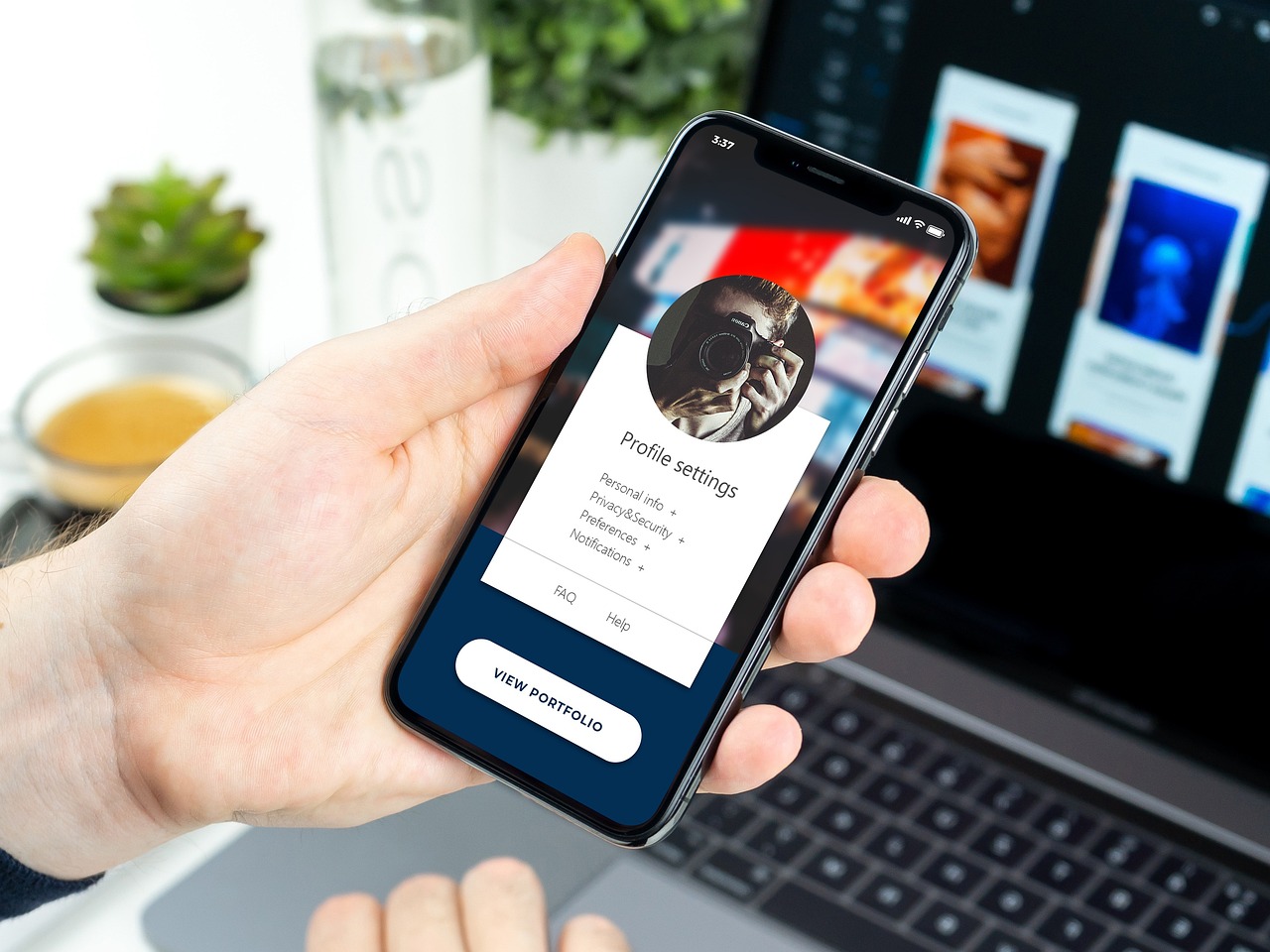The Ultimate Guide to Link in Bio Tools: Maximize Your Social Media Traffic

You’ve spent hours crafting the perfect Instagram post, writing a witty caption, and selecting the right hashtags. In your call to action, you eagerly type the words, "Check out our new blog post! Link in bio." It's a phrase we see dozens of time a day. But that single, precious link in your social media profile feels incredibly restrictive. What if you also want to promote your latest YouTube video, your new product line, and your newsletter sign-up?
This is the exact problem that "link in bio" tools were created to solve. They are no longer a "nice-to-have" for creators and brands; they are an essential part of a modern social media strategy. In this comprehensive guide, we'll dive deep into the world of link in bio tools, exploring how they work and how you can leverage them to supercharge your online presence.
What Exactly is a Link in Bio Tool?
At its core, a link in bio tool provides you with a single, custom URL that you place in your social media profile (like on Instagram, TikTok, or Twitter). When a user clicks this URL, they aren't taken to a single website. Instead, they land on a simple, mobile-friendly landing page that you've created.
This landing page acts as a micro-website or a digital launchpad. It hosts a collection of all the important links you want to share with your audience. Think of it as a beautifully organized digital business card.
Instead of constantly swapping out the single link in your bio every time you have something new to share, you simply add a new button to your link in bio page. This is a game-changer for efficiency and user experience.
Why You Absolutely Need a Link in Bio Tool
If you're still on the fence, let's break down the powerful benefits of integrating a link in bio tool into your marketing stack. It's about more than just adding more links; it's about creating a streamlined and powerful extension of your brand.
- Overcome the One-Link Limitation: This is the most obvious benefit. You can simultaneously promote your website, blog posts, affiliate links, other social profiles, podcast episodes, products, and event registrations all from one central location.
- Drive Traffic to Multiple Destinations: You can direct your audience exactly where you want them to go. A follower interested in your latest "get ready with me" video can go to YouTube, while another who loved the jacket you were wearing can be sent directly to the product page to purchase it.
- Enhance the User Experience: Instead of making your followers hunt for a specific link, you present them with a clean, organized menu of options. This reduces friction and makes it far more likely that they'll engage with your content beyond the social media platform.
- Crucial Analytics and Tracking: Most link in bio tools come with built-in analytics. You can see which links are getting the most clicks, where your traffic is coming from, and how your audience is engaging with your page. This data is invaluable for refining your content strategy. Which calls to action are working best? What content resonates most? The numbers will tell you.
- Brand Consistency: A good tool allows you to customize your page with your brand's colors, fonts, and logos. This creates a seamless and professional experience as users move from your social profile to your link hub, reinforcing your brand identity.
- Monetization Opportunities: Many modern tools have features built specifically for monetization. You can collect tips, sell digital products (like e-books or presets), offer premium content, or even integrate with affiliate marketing platforms directly on your link in bio page.
Choosing Your Perfect Link in Bio Partner
The market for these tools has exploded, and choosing the right one can feel overwhelming. While many offer similar core functionality, they often differ in features, customization, and pricing.
Key Features to Look For
Before you pick a tool, consider what features are most important for your specific goals.
- Customization: How much control do you have over the look and feel? Look for options to change backgrounds, button styles, fonts, and add your own logo. Your link in bio page should feel like your brand, not the tool's.
- Analytics: Does the tool provide detailed analytics? At a minimum, you want to see total views and clicks per link. More advanced tools offer click-through rates (CTR), location data, and traffic source information.
- Link Types: Can you only add simple links, or can you embed content? Some tools allow for direct embedding of YouTube videos, Spotify tracks, or even product listings from your e-commerce store.
- Integrations: Does it play well with other software you use? Look for integrations with Google Analytics, Mailchimp, Facebook Pixel, and e-commerce platforms like Shopify.
- Pricing: Most tools operate on a freemium model. The free version is often sufficient for beginners, offering unlimited links and basic customization. Paid tiers unlock advanced features like deeper analytics, removal of the tool's branding, and enhanced customization. Evaluate whether the premium features justify the cost for your business or brand.
Popular Link in Bio Tools to Consider
Here are a few of the most popular and respected tools on the market to get you started:
- Linktree: The OG and market leader. Linktree is known for its simplicity and user-friendly interface. It's incredibly easy to set up and is a reliable choice for anyone just getting started. Its pro plan unlocks a wealth of features, including powerful analytics and customization.
- Beacons: A rising star, especially popular with creators. Beacons uses AI to help you build a beautiful page in seconds. It goes beyond just links, allowing you to easily embed a "store" for digital products, a request block for user-generated content, and a block for collecting email or SMS subscribers.
- Koji: This tool focuses heavily on interactivity and monetization. Koji calls its features "mini-apps" that you can add to your page. You can add fun interactive apps like "Ask Me Anything," sell digital downloads, run a poll, or even host a "Tip Jar." It's a great choice for creators looking to engage and monetize their audience directly.
- Carrd: While not exclusively a link in bio tool, Carrd is a powerful one-page website builder that many use for this purpose. If you need more flexibility and want to create a more robust single-page site with different sections and forms, Carrd offers incredible design freedom for a very low price.
Best Practices for a High-Converting Link in Bio Page
Simply having a link in bio page isn't enough. You need to optimize it to ensure it's effective.
- Keep it Clean and On-Brand: Don't overwhelm your visitors. Use your brand colors and fonts. A chaotic page with dozens of clashing buttons will cause decision paralysis.
- Prioritize Your Most Important Links: Place your highest-priority links at the top. This might be your newest piece of content, a limited-time promotion, or your newsletter sign-up. Think about what action you most want a user to take right now.
- Write Compelling CTAs (Calls to Action): The text on your buttons matters. Instead of generic text, use action-oriented language.
- Bad: "Blog"
- Good: "Read My Latest Blog Post 📝"
- Bad: "Shop"
- Good: "Shop the Summer Collection ☀️"
- Regularly Audit and Update: Your link in bio page is a living document. Remove outdated links for promotions that have ended or content that is no longer relevant. This ensures your page remains a useful resource for your audience.
- Leverage Analytics to Optimize: Check your analytics weekly. If a link isn't getting any clicks, ask yourself why. Is the CTA weak? Is it no longer relevant? Maybe it should be moved or removed. If a link is performing exceptionally well, consider what makes it so appealing and apply those lessons elsewhere.
- Use an Engaging Profile Picture: Your profile picture from your social media account is usually displayed at the top of the page. Make sure it's a high-quality, clear photo that is recognizable to your audience.
The Future is More Than Just Links
The "link in bio" space is rapidly evolving. It's moving from a simple utility to a central hub for the creator economy. We are seeing tools integrate direct e-commerce, allowing followers to shop and check out without ever leaving the page. AI is being used to personalize the links shown to different users. These pages are becoming true micro-sites, capable of hosting content, building community, and processing transactions.
Ultimately, your "link in bio" is some of the most valuable real estate you own online. It's the bridge between your social audience and your broader digital ecosystem. By choosing the right tool and optimizing your page with a clear strategy, you can transform that single link into your most powerful driver of traffic, engagement, and revenue.
